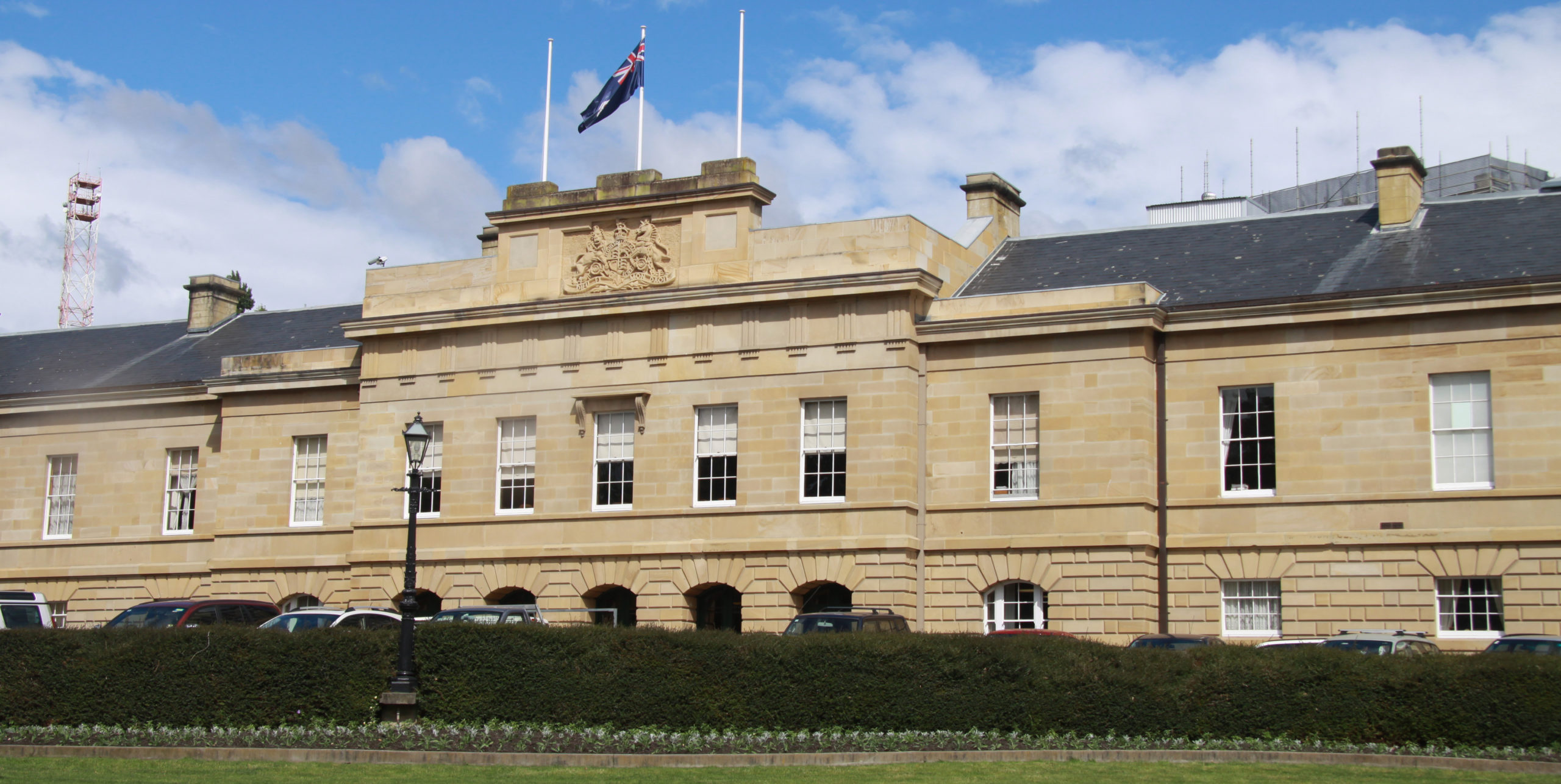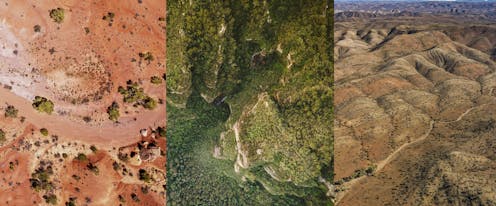This week’s torrential rains have set a new national rainfall record.
NIWA meteorologists say the 103 mm of rain from 4am-5am recorded at Maungatapere near Whangārei on Monday 21 March is a new national hourly rainfall record for a low elevation station.
The previous record was set 56 years ago on 16 February 1966 at Whenuapai in northwestern Auckland with 100.6 mm.
NIWA Principal Scientist – Forecasting Chris Brandolino says hourly rainfall rankings at NIWA are calculated from top-of-hour to top-of-hour. The maximum 60-minute total at Maungatapere on Monday morning was even higher at 123.2 mm from 3:30 am to 4:30 am.
“Because off-hour totals are not routinely calculated or cited in records, we can’t definitively confirm whether this would represent an off-hour record, although it did exceed the previously known off-hour record of 109.4 mm at Leigh, Auckland in May 2001.
“It’s not the highest-ever hourly rainfall, it’s the highest for a low elevation station – one up to 500 metres above sea level. That highest-ever record of 134 mm in an hour is still held by the Cropp at Waterfall station near Hokitika, recorded on 8 January 2004.”
Mr Brandolino says on Monday when the record rainfall occurred, a low pressure system in the Tasman Sea was siphoning moisture from the wet and humid tropics into the northern North Island.
“Around 3,000 lightning strikes were observed in Northland and immediate offshore waters on Monday morning; this thunderstorm activity increased the rate of rainfall. Ongoing marine heatwave conditions around New Zealand may have also contributed to the heavy rainfall.”
He says the current weather system, which has also caused significant flooding in Auckland and Gisborne, has been particularly slow-moving because it has been blocked by an area of high pressure to the south-east.
“A warming planet means that we expect to see more extreme weather events like this. In the future, it’s likely such events will become even more common and more extreme.
“With near-instant access to data from our weather stations, you might wonder why it’s taken us the week to announce the record. This is because any new records go through a rigorous quality checking process, where we review the data, compare it to existing rankings and carry out a site inspection to confirm the quality of the data,” says Mr Brandolino.








